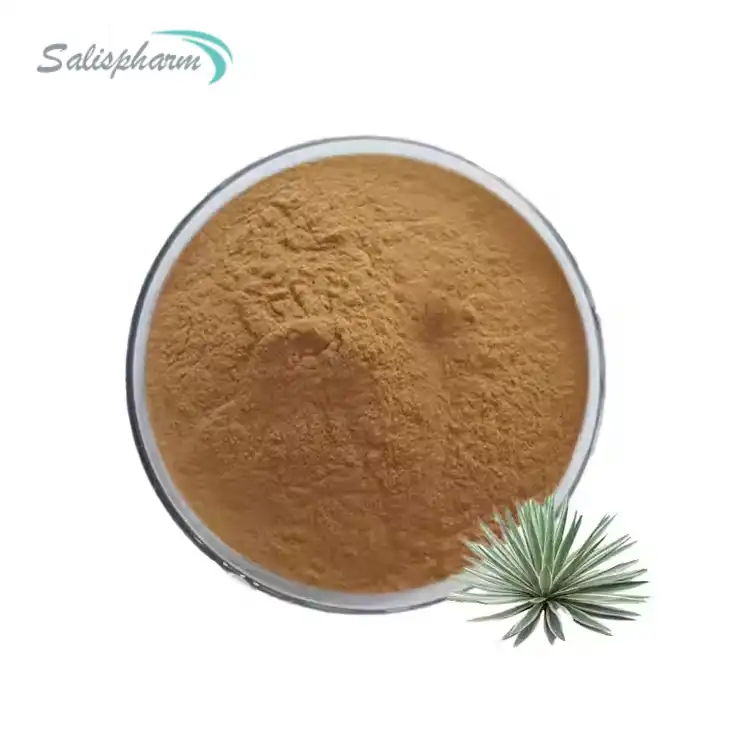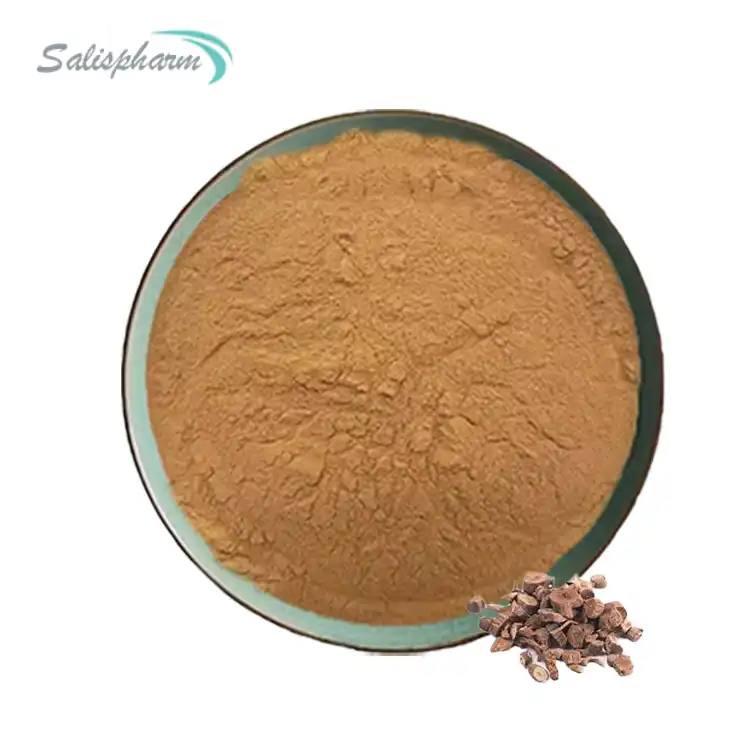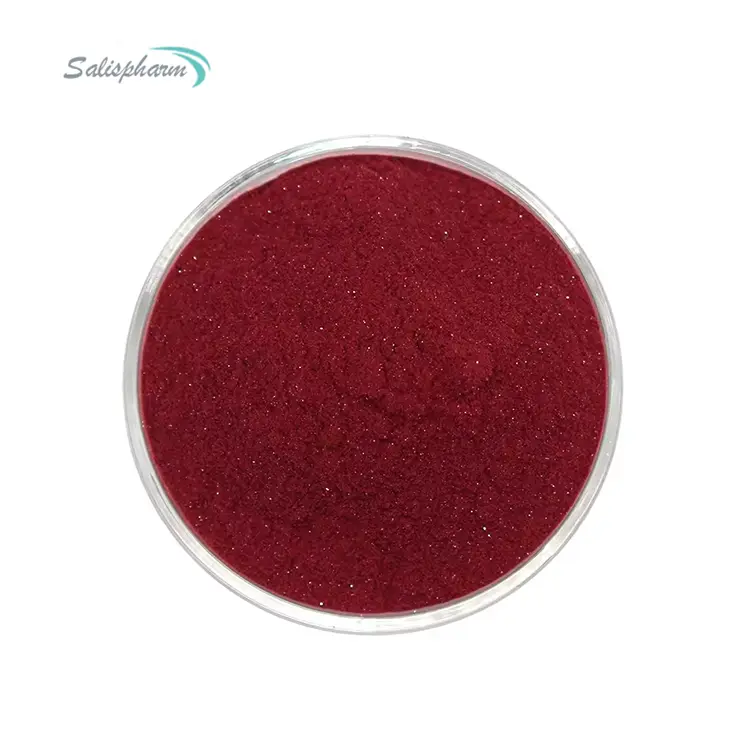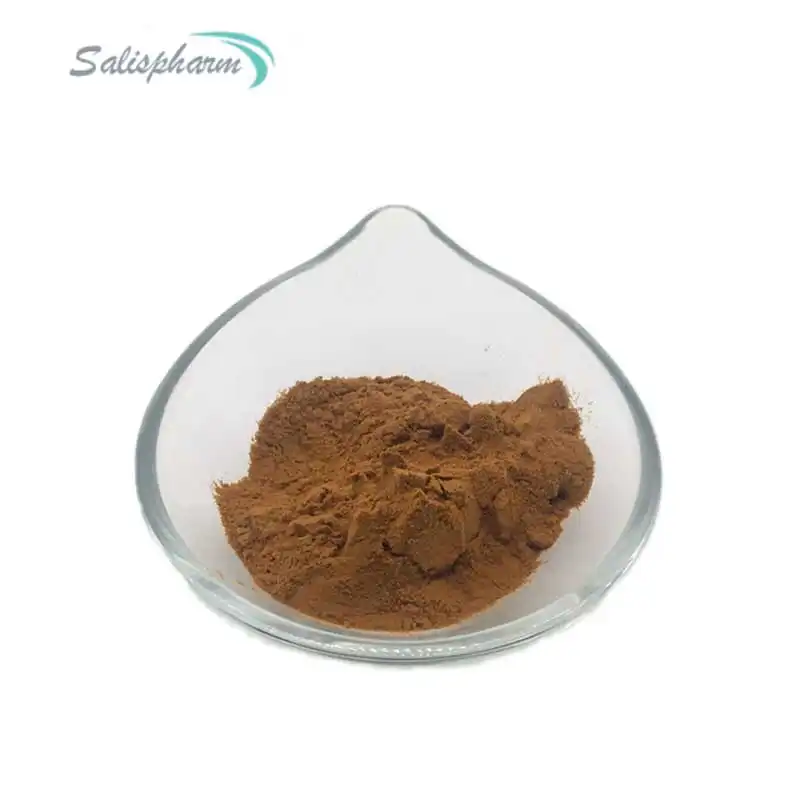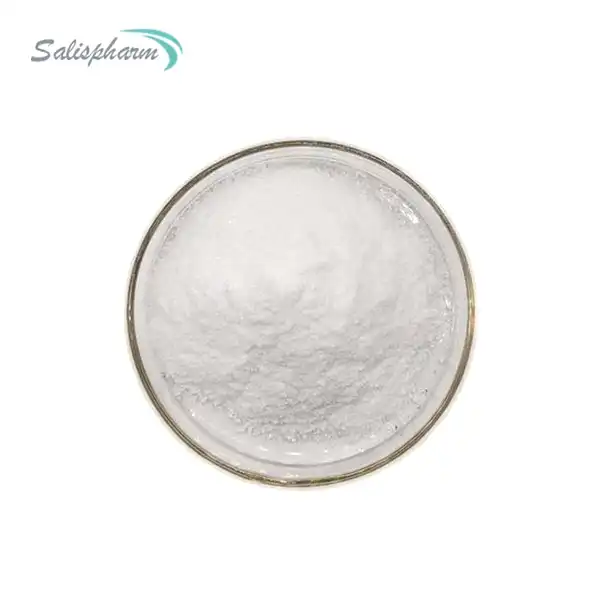Minoxidil powder is most commonly known for its use in treating hair loss, particularly under the brand name Rogaine. It is available in various forms, including solutions and foams, but the base component, minoxidil powder, is less commonly discussed.
How Does Minoxidil Powder Stimulate Hair Growth?
Pure minoxidil powder is a medication that is commonly utilized to advance hair development in people encountering hair misfortune or diminishing, especially in conditions like male and female design hair loss (androgenetic alopecia). Whereas the correct component of activity of minoxidil in invigorating hair development is not completely caught on, a few hypotheses have been proposed:
Vasodilation: One of the essential components proposed for minoxidil's hair growth-promoting impacts is its capacity to vasodilate (expand) blood vessels in the scalp. By expanding blood stream to the hair follicles, minoxidil may make strides the conveyance of oxygen, supplements, and development variables to the hair follicles, fortifying hair growth.
Potassium Channel Opening: Minoxidil is known to open adenosine triphosphate-sensitive potassium (KATP) channels in cell films. This activity is thought to lead to expanded cell multiplication and hair follicle incitement, in spite of the fact that the correct signaling pathways included are not completely elucidated.
Prolonged Anagen Stage: Minoxidil may drag out the anagen (development) stage of the hair follicle's development cycle. This implies that hair follicles spend more time effectively developing hair some time recently transitioning to the catagen (transitional) and telogen (resting) stages. As a result, minoxidil may lead to thicker, longer, and more various hairs.
Increased Hair Follicle Size: A few inquire about recommends that minoxidil may increment the measure of hair follicles, driving to thicker and more strong hair development. This impact may be intervened by minoxidil's impact on cell expansion and separation inside the hair follicles.
Anti-inflammatory Impacts: Minoxidil has been appeared to have anti-inflammatory properties, which may be useful in conditions related with inflammation-induced hair misfortune, such as alopecia areata. By decreasing aggravation in the scalp, minoxidil may make a more conducive environment for hair follicle development.
It's important to note that the exact mechanism of action of minoxidil in promoting hair growth is complex and may involve multiple pathways. Additionally, individual responses to minoxidil treatment can vary, and not all individuals may experience significant hair regrowth. Minoxidil is most effective when used consistently and as part of a comprehensive approach to managing hair loss, which may include other treatments such as finasteride, hair transplantation, or lifestyle modifications.
What Are the Potential Side Effects of Using Minoxidil Powder?
While Minoxidil powder is beneficial for hair growth, it is not without potential side effects, especially when used excessively or incorrectly:
Common Side Effects: These may include scalp irritation, dryness, scaling, flaking, and sometimes, temporary hair loss initially as old hairs make way for new growth.
Systemic Effects: Although rare, systemic effects such as changes in blood pressure, palpitations, and other cardiovascular issues can occur, especially if the product is overused.
Precautions and Safety: It is vital to understand the correct usage and potential interactions of minoxidil with other medications or health conditions.
Addressing these side effects and safety precautions can help users make informed decisions about their treatment options.
How Long Does It Take to See Results from Minoxidil Powder?
The timeline for seeing results from Pure minoxidil powder can vary widely among individuals and depends on factors such as the underlying cause of hair loss, the severity of hair loss, and how consistently the treatment is used. In general, it may take several months of regular use before noticeable improvements in hair growth are observed. Here's a rough timeline of what to expect:
Initial Shedding (2-6 weeks): Some individuals may experience an initial shedding of hair within the first few weeks of starting minoxidil treatment. This shedding is believed to be part of the natural hair growth cycle and is often temporary. It occurs because minoxidil may stimulate dormant hair follicles to enter the growth phase, causing the shedding of old hairs to make way for new ones.
Stabilization (2-3 months): After the initial shedding phase, the hair loss typically stabilizes, and new hair growth begins to occur. During this time, small, fine hairs may start to emerge, and existing hairs may appear thicker and healthier. However, significant visible changes may not be apparent yet.
Visible Improvement (3-6 months): Around the three to six-month mark, many individuals start to notice visible improvements in hair growth. This can include increased hair density, thicker hair shafts, and reduced scalp visibility. However, the extent of improvement can vary among individuals, and some may see more noticeable results than others.
Optimal Results (6-12 months and beyond): For most individuals, optimal results from minoxidil treatment are typically seen after six to twelve months of consistent use. During this time, the hair growth process continues, and further improvements may occur. Continued use of minoxidil is often necessary to maintain the results achieved.
It's important to note that individual responses to minoxidil treatment can vary, and some individuals may see results more quickly or slowly than others. Additionally, minoxidil is most effective when used consistently as directed, typically twice daily. Skipping doses or discontinuing treatment prematurely can hinder results and may lead to a reversal of any benefits gained.
If you're considering using minoxidil powder or any other form of minoxidil for hair growth, it's essential to have realistic expectations and to be patient with the process. While minoxidil can be an effective treatment for many people, it may not work for everyone, and results may vary. Consulting with a healthcare professional can provide personalized guidance and recommendations based on your individual needs and circumstances.
conclusion
In conclusion, minoxidil powder is a potent agent for treating hair loss, known for its ability to stimulate hair growth and slow down balding. While it offers significant benefits, users must be aware of its side effects and the proper methods of application. Comparing its efficacy with other forms and setting realistic expectations for results can guide potential users in making well-informed decisions about their hair loss treatment.
If you want to learn more information about this product, you can contact us at sasha slsbio@aliyun.com!
References
Overview of Minoxidil in Hair Loss Treatment, Dermatology Journal
Mechanisms of Hair Growth Stimulation by Minoxidil, Journal of Clinical Pharmacology
Side Effects of Minoxidil, American Academy of Dermatology Association
Patient Guide to Minoxidil Use, Hair Loss Clinic Guidelines
Minoxidil Absorption Studies, Journal of Transdermal Drug Delivery
Comparative Study on Minoxidil Formulations, Cosmetics and Therapeutics Review
Long-term Outcomes of Minoxidil Treatment, Longitudinal Study Results
Influence of Age and Hair Loss Severity on Minoxidil Efficacy, Peer-Reviewed Article
FAQ on Minoxidil for Patients, Hair Restoration Society
Minoxidil: Application Techniques and Tips, Hair Care Professionals Bulletin

